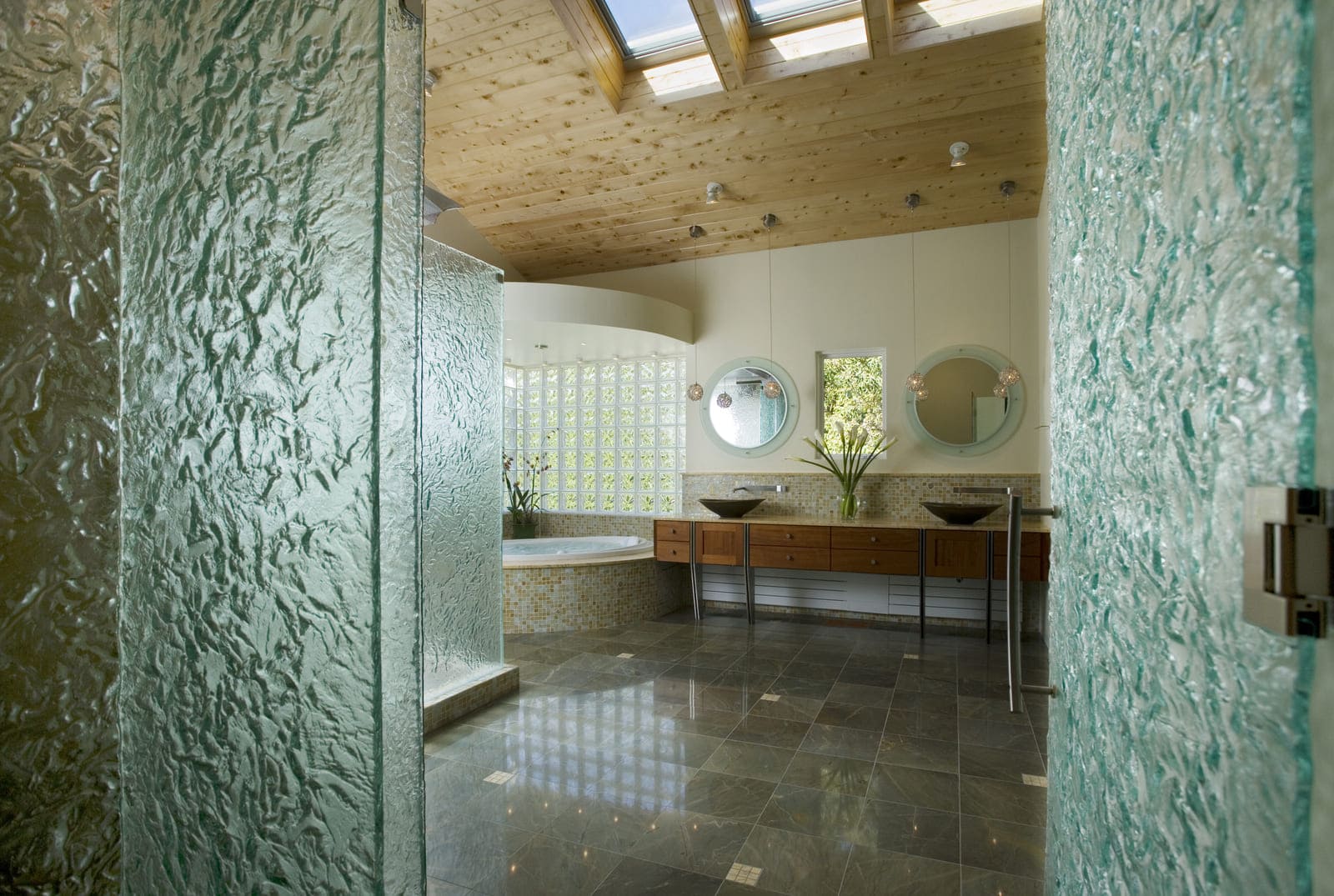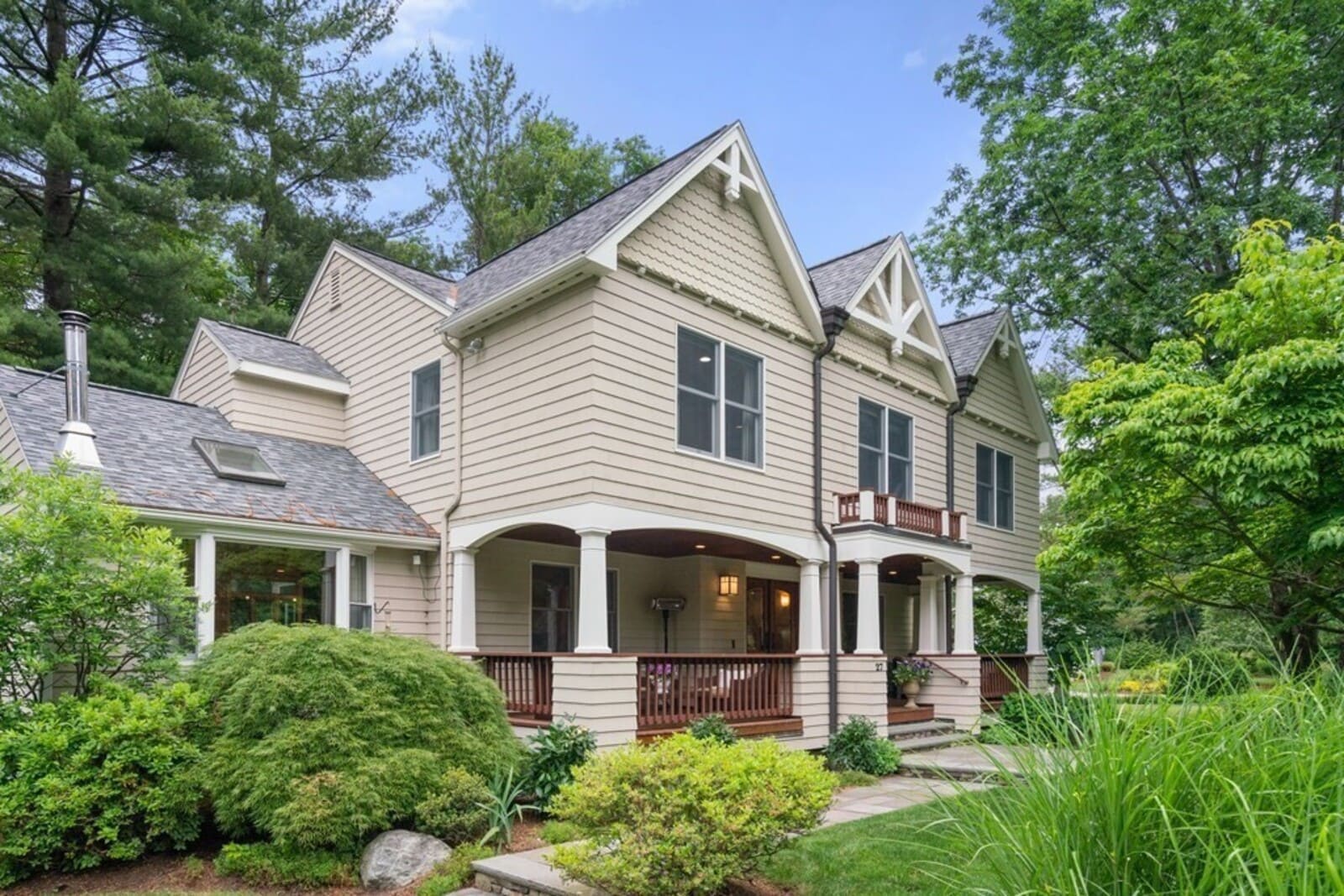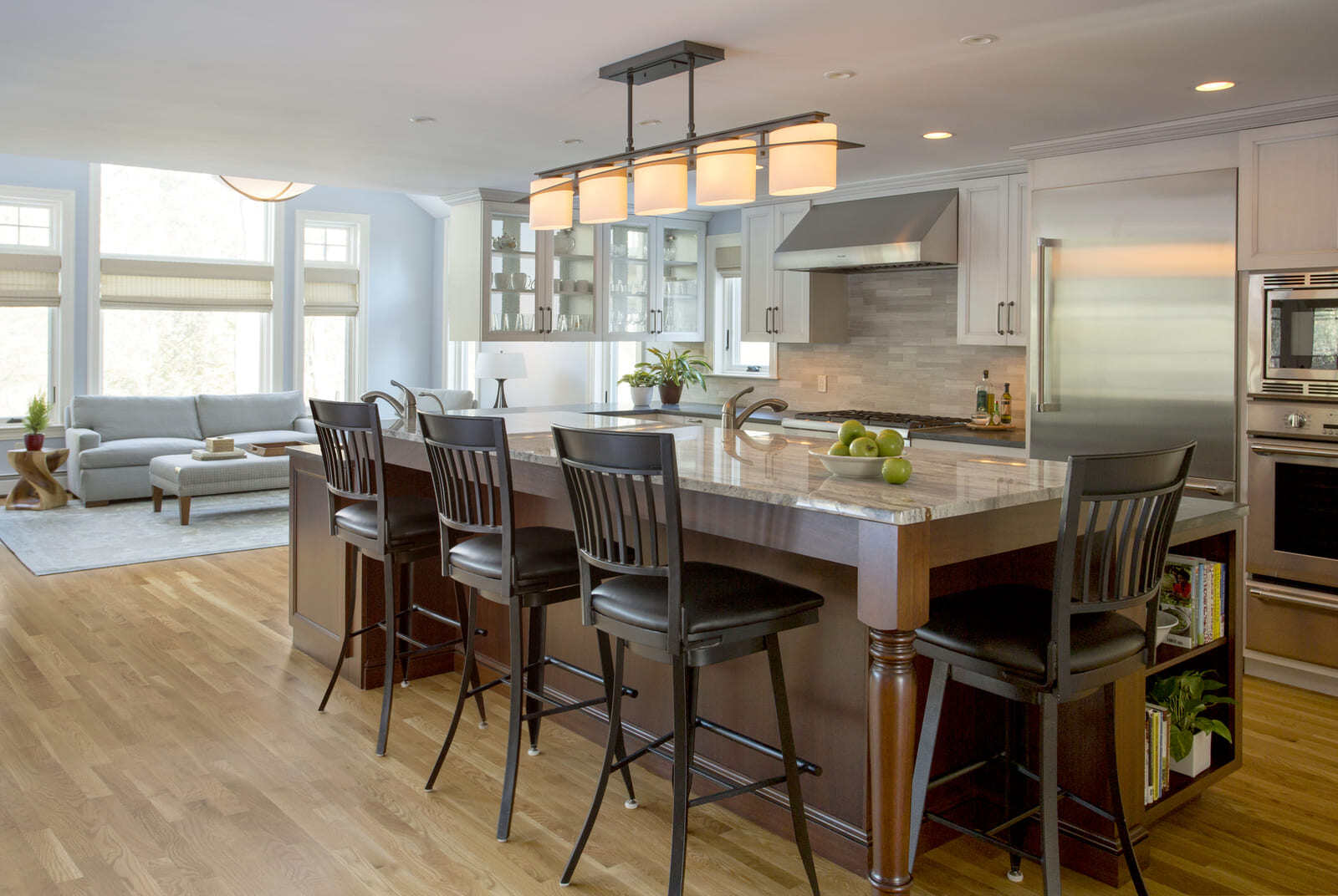Luxury Home Remodeling in Acton
and Greater Boston
Custom Design-Build for Timeless, Functional Homes

Stress-Free Remodeling Experience

Inspired Design,
Seamless Execution

Quality
Craftsmanship

Proven Client
Satisfaction

Award Winning
Expertise
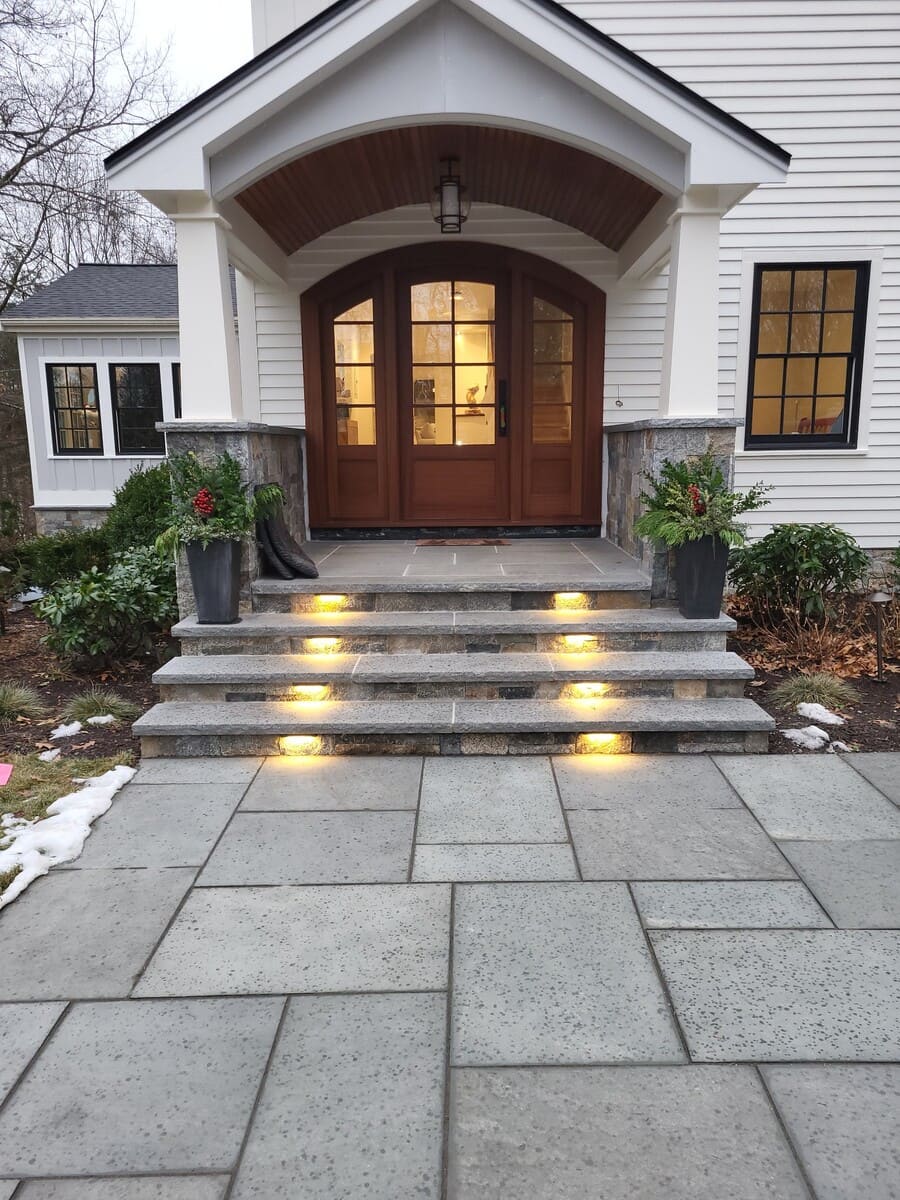
Transforming Homes with Thoughtful Design & Expert Craftsmanship
Your home should evolve with your lifestyle—not hold you back. Whether you need a more functional kitchen, a spa-inspired bathroom, or a full-home transformation, the process can feel overwhelming. How do you balance beauty and function? Who ensures the details are handled right? At Thomas Buckborough & Associates, we take the guesswork out of remodeling. With our proven design-build process, we create stunning, high-quality spaces tailored to your needs while providing a smooth, transparent experience from start to finish.
Proudly serving Acton, Greater Boston, Concord, Lexington, and beyond, we turn your vision into reality—without the hassle.
MORE
Services
Bathroom Remodeling
A bathroom should be more than functional—it should be a sanctuary. We specialize in spa-like, high-end bathroom renovations, incorporating custom vanities, heated floors, and elegant finishes to craft a space where you can truly unwind.
Services
Kitchen Remodeling
Your kitchen is more than a place to cook—it’s the heart of your home. Our luxury kitchen remodels go beyond surface updates, creating custom layouts, premium finishes, and high-end functionality tailored to your lifestyle.
Services
Home Additions
Need more space? Our seamless home additions expand your home while blending perfectly with its existing character. From second-story additions to in-law suites and sunrooms, we ensure every detail feels like it was always meant to be there.
Services
Whole Home Remodeling
Reimagine your home with a custom whole-home remodel designed for modern living. Whether you're updating a historic property, improving functionality, or enhancing aesthetics, we create cohesive, high-end renovations that reflect your style.
Our Design-Build Process
Explore Our Recent Transformations
Where We Work
At Thomas Buckborough & Associates, we proudly serve homeowners in Acton and Greater Boston, delivering high-end home remodeling services with a seamless design-build approach. Our team specializes in transforming homes across a variety of communities, ensuring each project is customized to fit the unique character and needs of the area. Whether you’re in Acton, Concord, Lexington, or the surrounding towns, we’re here to bring your vision to life.
Don’t see your town listed? We may still serve your area! Contact us today to discuss your project and find out if we can bring our expert remodeling services to your home.
Our Service Area
- Acton
- Greater Boston Area
- Concord
- Lexington
- Boxborough
- Newton
- Harvard
- Sudbury
- Weston
- Wayland
- Carlisle
- Lincoln
- Bedford
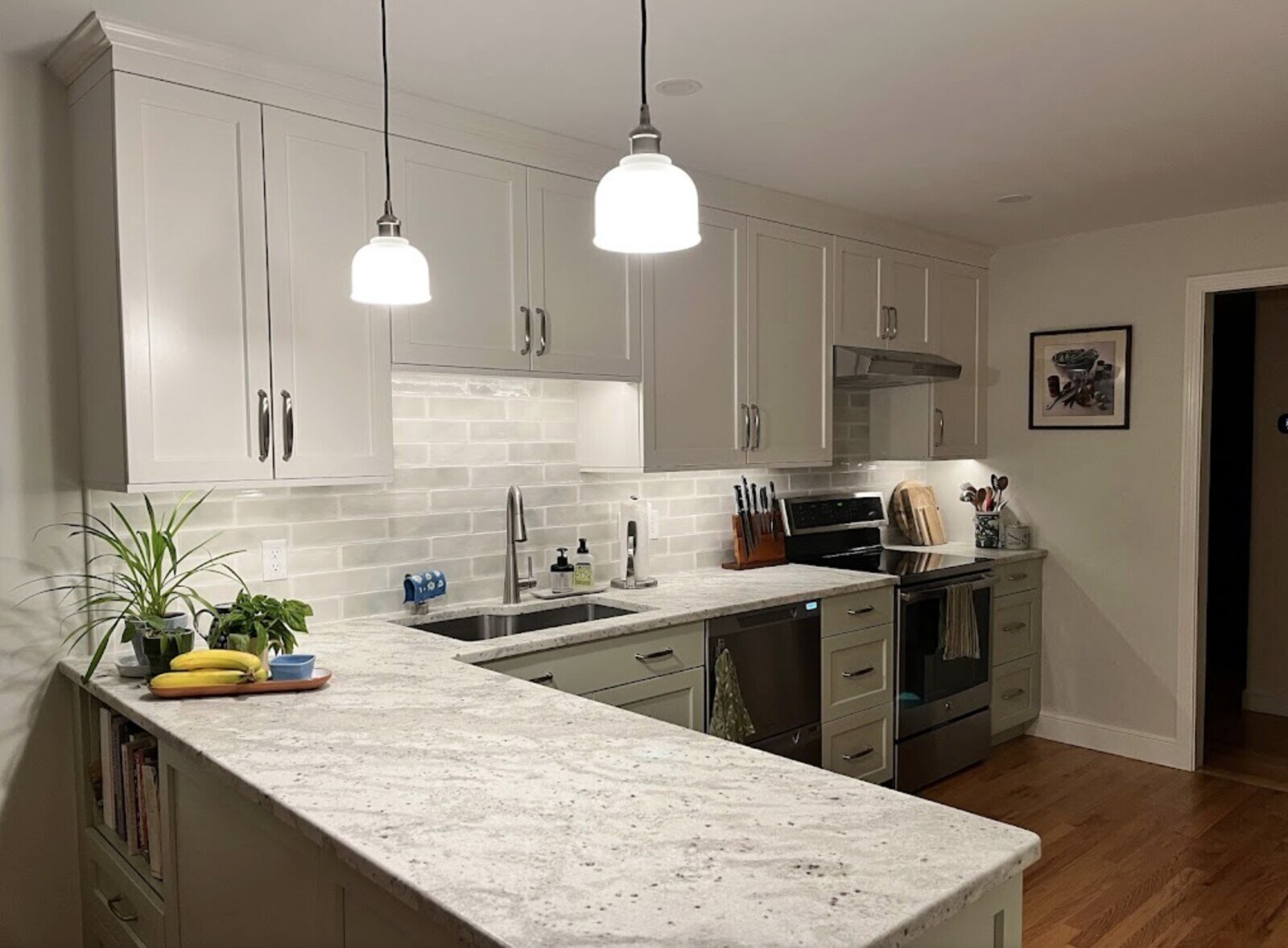
What Our Clients Think
"We are very pleased with our new kitchen! Thomas created a plan that worked well for us, and gave the kitchen the updated and warm look we were looking for. We were very happy with the quality of the work and excellent communication throughout. On time and on budget. Lead carpenter (Jon) was a pleasure to have on the job every day, and did a great job in minimizing the impact on rest of our home. Subs were first rate. And when we couldn’t vent the exhaust fan out the roof, and there were issues with the long run to vent out the back of house, the TBA team persisted and went the extra mile to resolve the issue. Called in an HVAC Co. to make it right. Much appreciated for an unanticipated problem. Highly recommend TBA!"
Camille Venti
Kitchen Remodel

What Our Clients Think
"We had a very good experience with TBA in the remodel of our kitchen. I thought having a local designer and a locally available team was a real advantage. It allowed them to quickly respond to scheduling opportunities and keep the project moving on time and on budget. I also thought their on-the-ground team was very strong and that they were very good at communication throughout the project, with standard weekly updates. Overall, we were very happy with both the process and result."
Stephen Bertolami
Kitchen Remodel
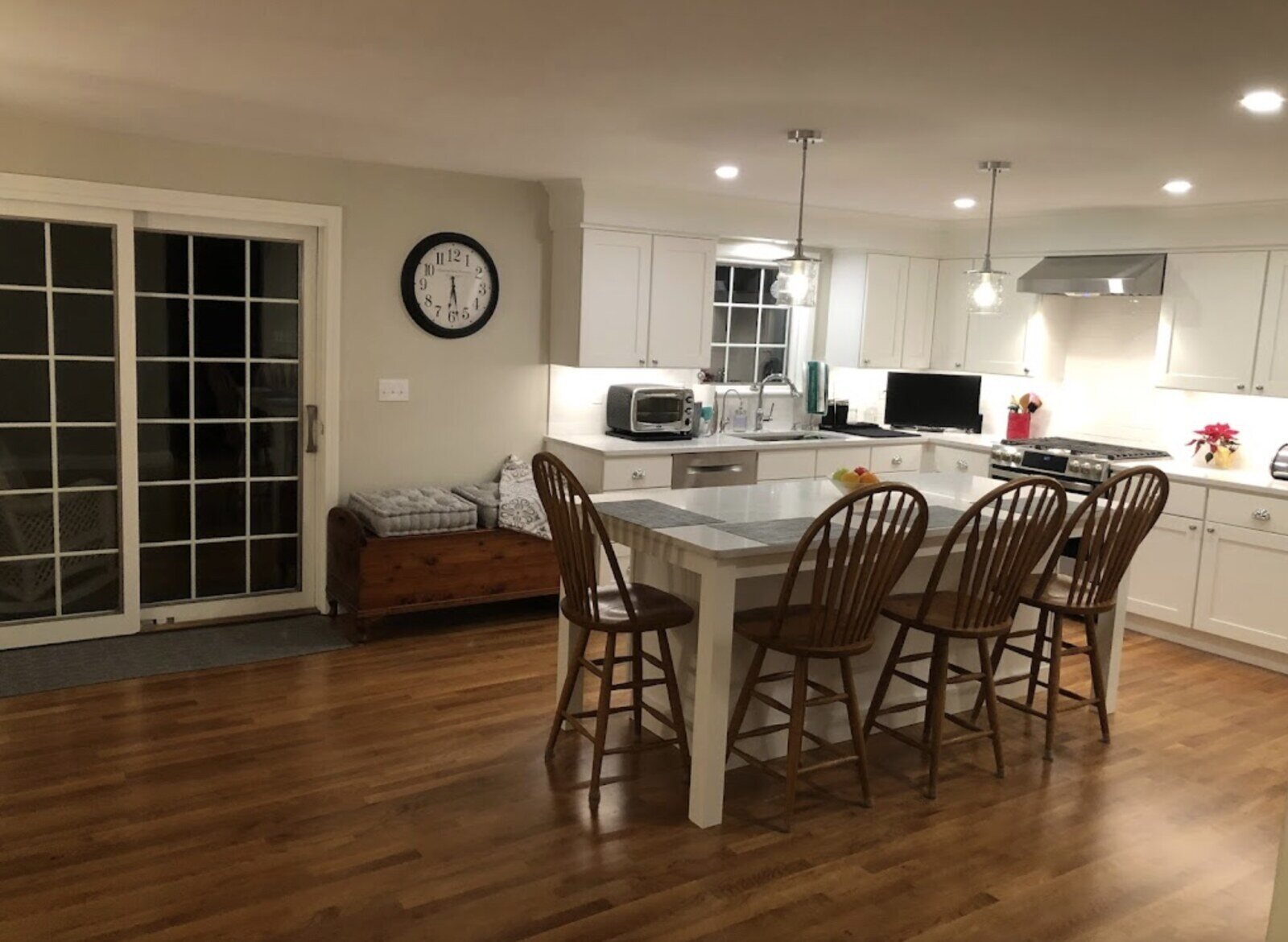
What Our Clients Think
"I wanted to say thank you for helping us design our dream kitchen. We are still acclimating to this new beautiful space and love it more each day. Thanks to you your team the job went smoothly. We would highly recommend TBA to others."
Emile Biron
Kitchen Remodel
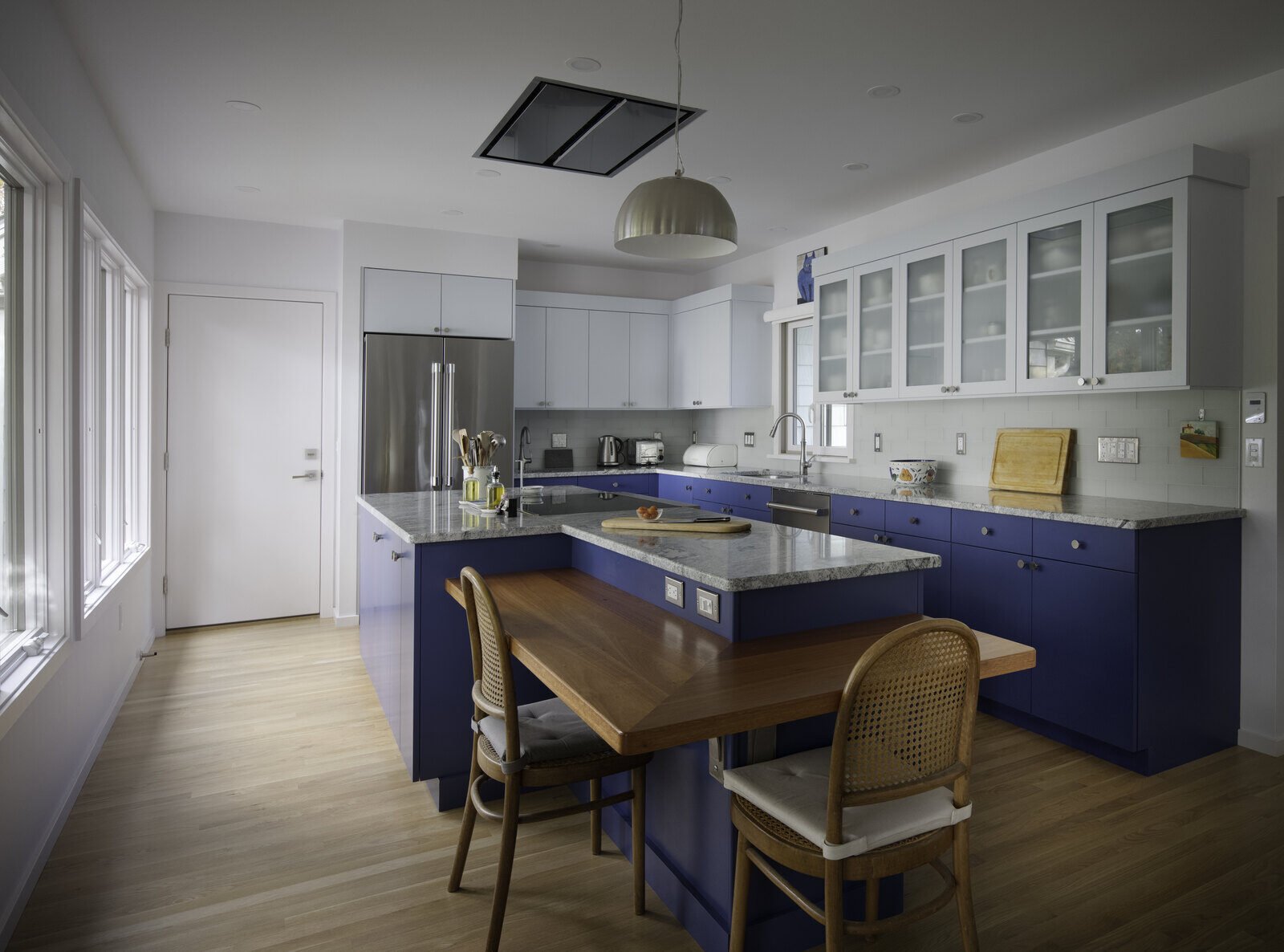
What Our Clients Think
"We bought our house with one big flaw - a cramped, dark kitchen. We had a vision for how to address this, but it was a tall order, including pulling a chimney out of our house. Thomas and his team did a great job translating our loose dream into solid plans, and his company did a fine job turning that dream into reality, on time and budget! I'd recommend his company to anyone looking for remodeling work!"
Christopher Lloyd
Kitchen Remodel
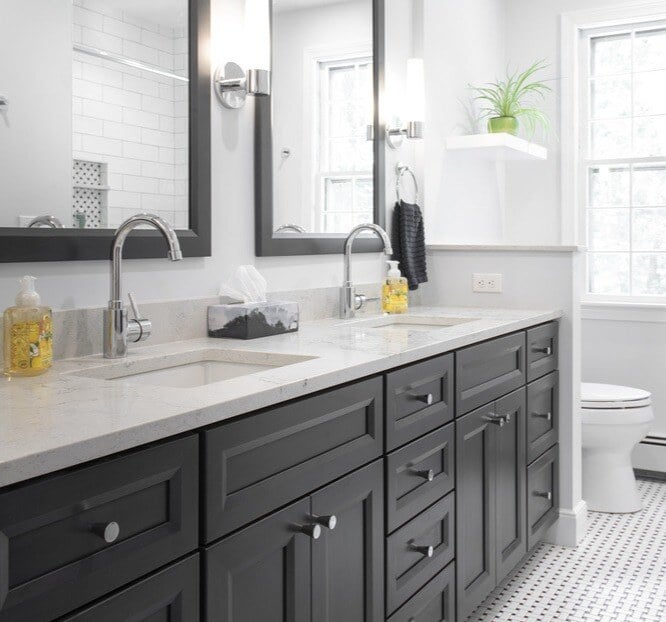
What Our Clients Think
"If there were a way to give Thomas Buckborough more than five stars, I would do so. We first met him in 1995 when he was newly in business and took on a kitchen renovation (with some side jobs) for us. Since then, we have worked with him on at least five other projects, and each one has been completely successful. He and his crew just finished gutting and updating a bathroom. Thomas is a skilled designer who listens to our thoughts and then improves them. Every single one of his crew, through the years, has been competent and delightful. We had another bathroom renovation going on during the pandemic, and they managed that with care and attention to safety. I could not recommend him more highly."
Hester Schnipper
Kitchen & Bathroom Remodel
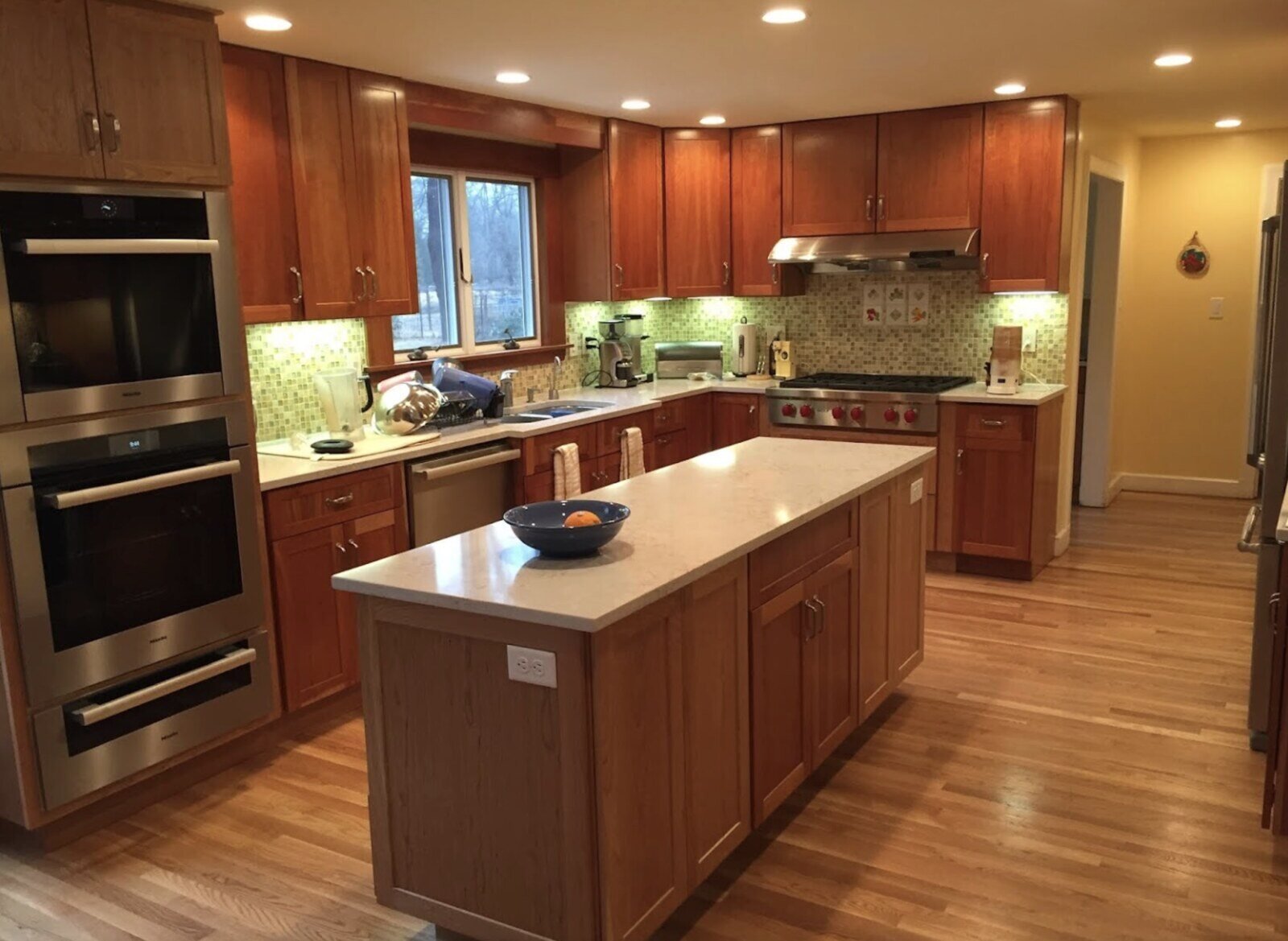
What Our Clients Think
"We have worked with Thomas Buckborough & Associates on several projects over the past eleven years. We have always found Thomas to make excellent design recommendations and to deliver exactly what we requested on time and on budget. Phone calls are returned promptly and questions are quickly answered. Recently Thomas and his team remodeled our kitchen. They always showed up as promised; completed tasks with a minimum of disruption; and came up with excellent solutions to all of the challenges that an older home provides (for example, walls being out of square or discovering hidden behind the wall prior electrical work that had not been done to code and needed to be brought up to current code). They did a beautiful job. Their attention to detail shines through. We couldn’t be happier."
Ion Abraham
Kitchen Remodel
Let’s Bring Your Vision to Life
Transform Your Home with Acton’s Trusted Remodelers
Whether you're planning a kitchen remodel, home addition, or a full renovation, our expert team is ready to guide you every step of the way. Schedule your consultation today and take the first step toward a beautifully reimagined space!

